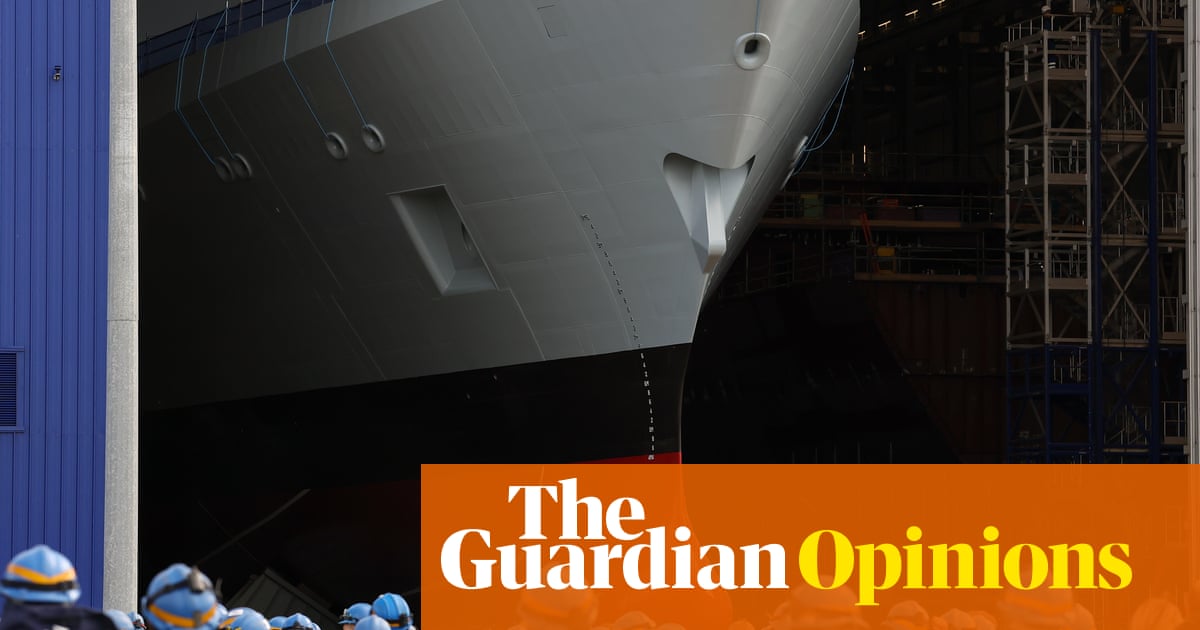It’s a miracle. Babcock International, the defence contractor with a specialism in kitting out the UK’s nuclear submarines, has emerged from the depths. After about half a decade in which the story was mostly about cost overruns, acquisition indigestion,accounting woes, pension deficits and too much debt, Babcock is suddenly back in the FTSE 100 index and is a hot stock. The share price has more than doubled this year.
Of course it’s not really a miracle because the performance is easily explained. A fix-the-basics strategy started in 2020 under ex-Cobham boss David Lockwood and has worked. The last of the badly performing major contracts – to build first-of-a-kind Type 31 frigates for theRoyal Navy– is no longer spitting out provisions. Meanwhile, the group has kept its promises to the City on cashflow et cetera and was able on Wednesday to lift its medium-term target for operating margins by a percentage point to 9%. The pension position is vastly improved, dividends are back and there’s enough cash for a £200m buyback.
Yet that progress alone would not have pushed the shares so high so soon. The other part of the tale, of course, is “the new era for defence” as Lockwood put it, meaning the comingNato splurge in spending. Babcock’s full-year numbers happened to land on the day that Nato allies formally declared a commitment to invest of 5% of GDP annually on defence and security by 2035.
“Public market investors appear convinced this pivot in govt spending will happen. European defence stocks are trading like crypto/memes,” tweeted Simon French, the chief economist at Panmure Liberum. You can see what it means. If the share prices of Babcock, Rolls-Royce (up 56% this year) and BAE Systems (58%) are soaring, try Germany’s largest arms company, Rheinmetall – 158% higher since January.
It’s true the Nato commitment is enormous. Analysts at Berenberg calculate the core defence spending element (ie not the whole) adds up to $600bn a year, of which $350bn would come from non-US allies, assuming the US and countries in Europe’s north and east spend 3.5% of GDP, while countries in Europe’s south and west only manage 2% and others do 3%.
In Babcock’s case, it is the second largest contractor to the Ministry of Defence so can hardly fail to benefit from the natural home bias in defence spending. The UK has already committed £6bn to upgrade nuclear submarine production and the list of what Babcock does elsewhere is long – from maintenance work with long-term contracts for all three armed forces, to technical trading and more. Meanwhile, on its civil nuclear construction side, the breezes are also strong, assuming Sizewell C and small modular reactors happen. This is specialist stuff; the world is not awash with competitors.
Whether the “new era” for defence really arrives as scheduled, and to the last percentage point, is open to question. Share prices in the sector may also be ahead of events. Defence companies, traditionally viewed as dull income stocks even when the contracts are free of hiccups, are now typically trading on 25-times earnings. That will take some getting used to. But it’s hard to argue with the general direction. If even three-quarters of these spending commitments are fulfilled, a fundamental change is happening.
